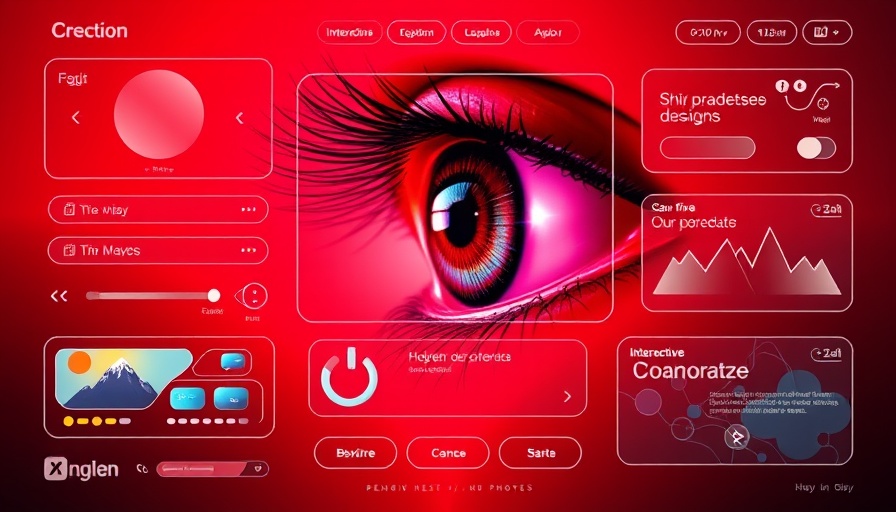
Discovering Value: The Appeal of Nothing Ear (a) Earbuds
Wireless earbuds have revolutionized how we experience audio, seamlessly integrating into our daily lives. The Nothing Ear (a), currently available for a mere $79, rises as a commendable choice for those looking to marry sound quality with affordability. Their compelling features make them more than just ear candy; they are a well-rounded accessory fit for both everyday listeners and audiophiles alike.
Blending Design with Performance
With their sleek aesthetic, the Nothing Ear (a) stands out in a crowded market. Designed for comfort, these earbuds weigh little yet pack a punch when it comes to audio performance. Featuring custom-made 11-mm drivers, they deliver rich, nuanced sounds that make every listening experience enjoyable, whether you're immersing yourself in a jazz solo or catching up on the latest podcast.
A Sound Investment for Marketing Managers
For marketing managers and professionals who spend hours in meetings or on the road, the Nothing Ear (a) offers more than just music—they provide an opportunity to engage with content on the go. Their noise-canceling capabilities help isolate important auditory experiences, making noisy environments more manageable and ensuring an immersive experience whether you're in a busy city or an airplane cabin. Understanding the value of clear sound can significantly enhance productivity in fast-paced work environments.
Comparative Advantage in Technology
In a tech landscape dominated by offerings from giants like Apple and Google, the Nothing Ear (a) challenge the status quo by providing versatile compatibility and exceptional sound quality at a reduced price. With simple pairing processes for both Android and iOS, users can easily transition between devices, which is particularly advantageous for marketing managers often juggling multiple platforms.
The Untapped Potential of Audio Technology
As the demand for high-quality audio machinery increases, the Nothing Ear (a) exemplifies how even budget-friendly options can meet or exceed consumer expectations. This development signifies a dedication to not only enhancing product offerings but also democratizing technology for varied audiences. For managers in marketing, this insight can drive product strategy—emphasizing the importance of quality in affordable tech.
Customer Satisfaction Through Noise-Canceling Features
While the awesome sound quality is a major selling point, the 45 decibels of sound reduction allow for a refined auditory experience that resonates with professionals tired of being distracted by their environments. Prioritizing comfort without compromising on performance makes the Nothing Ear (a) a valuable tool in maintaining focus and energy throughout the workday.
Tips for Optimal Listening Experiences
For those considering investing in the Nothing Ear (a), it’s essential to maximize their capabilities. To ensure the best listening experience, try experimenting with different genres. Notice how classical music feels alive in your ears, while bass-driven pop tracks will get your heart racing. Adjusting the placement of the earbuds can also enhance sound quality, allowing you to tailor your experience to your liking.
Beyond Listening: Crafting Your Brand's Message
As marketing managers strategize about products and campaigns, the rise of affordable yet high-quality audio technology like the Nothing Ear (a) serves as a reminder of consumer trends. Understanding the importance of merging performance with accessibility can shape your messaging—highlighting the quality and affordability of the products you choose to represent in your marketing strategies.
Wrapping Up: Embrace Quality Without Compromise
As the Nothing Ear (a) shows, superior sound quality does not have to come with a high price point. For marketing managers who appreciate both style and performance, investing in these earbuds means investing in a tool that enhances productivity and pleasure—a must-have in today’s fast-paced world.
For more insights into how affordable high-tech products can shape your daily work experiences, consider staying tuned to the latest tech reviews and product recommendations. Embrace the notion that you don’t have to break the bank to enjoy stellar audio quality.
 Add Row
Add Row  Add
Add 




Write A Comment